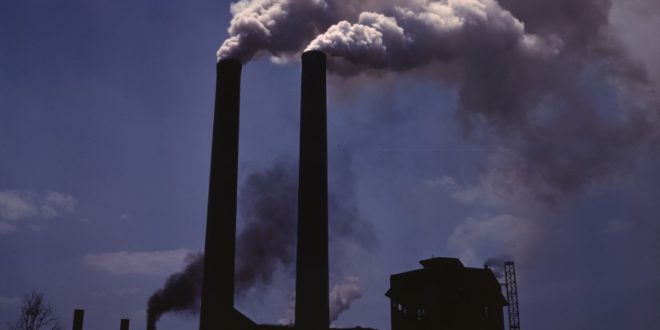Exposure to air pollution after a diagnosis of lung cancer can have a negative effect on survival, according to a new study published online in the medical journal Thorax.
The trends were most noticeable for early stage disease, particularly adenocarcinoma–the most common type of non-small cell lung cancer, which accounts for 80% of lung cancer cases–the findings show.
Air pollution has been linked to a higher incidence of lung cancer and death, but little is known about its potential impact on an individual’s chances of survival after diagnosis.
In a bid to clarify this, the researchers tracked the health outcomes up until the end of 2011 of more than 352,000 people newly diagnosed with lung cancer between 1988 and 2009, and whose details had been entered into the US California Cancer Registry.
Their average age at diagnosis was 69. More than half (53%) of the cancers were diagnosed at an advanced stage (distant spread); and the average survival time for localised (early stage) disease was 3.6 years, falling to 1.3 years for regional spread, and just 4 months for distant spread.
For patients with early stage disease, average survival time was shortest for those with small and large cell cancers (around 1.5 years) and longest for those with adenocarcinoma (around 5 years).
Participants’ average exposure to nitrogen dioxide (NO2), ozone (O3), particulate matter of less than 10 um, and less than 2.5 um, in diameter (PM10 and PM2.5 ) was calculated using data from US Environmental Protection Agency air quality monitoring stations, mapped to area of residence.
Almost half of the study participants (45.4%) lived more than 1500 metres away from a major interstate motorway. Less than 10% lived within a 300 metre radius of one.
Their risk of death from any cause was then estimated, according to disease stage and tumour cell type.
After taking account of these, and other potentially influential factors, the calculations showed that higher exposures to each of the four pollutants were associated with a correspondingly heightened risk of death and shorter average and 5-year survivals.
But the magnitude of heightened risk was greatest for patients with early stage disease, among whom average survival was 2.4 years for those with high PM2.5 exposure (at least 16 ug/m3) and 5.7 years for those with low exposure (less than 10 ug/m3), for example.
Overall, for patients with early stage disease, risk of death from any cause was 30% greater for NO2; 26% greater for PM10; and 38% greater for PM2.5. The impact of exposure to O3 was small (4%).
These trends were particularly evident among patients with early stage adenocarcinoma.
As might be expected, survival for patients with advanced disease was poor, irrespective of exposure to pollutants.
This is an observational study so no firm conclusions can be drawn about cause and effect. And the researchers point to several caveats, including a lack of data on potentially important risk factors, such as an individual’s lifestyle, smoking status, and alcohol intake; and the inability to capture road traffic pollution.
Nevertheless, there are plausible biological mechanisms for the associations found, they say, as ambient air pollution has been classified as a cancer causing agent by the International Agency for Research on Cancer (IARC).
They conclude: “Our observed associations were clinically significant ([less than or equal to 38%] increased risk of death depending on stage and pollutant), suggesting that reductions in exposure have the potential to improve lung cancer survival.”
In a linked editorial, Dr Jaime Hart, of the Channing Division of Network Medicine, Brigham and Women’s Hospital and Harvard Medical School, points out that survival rates for lung cancer are poor, having improved only slightly in recent decades despite advances in treatment.
The most recent figures from the World Health Organization estimate that 1.8 million new cases of cancer were diagnosed in 2012 alone.
“This study, along with two other previously published analyses on the impact of air pollution on cancer survival, provide compelling initial evidence that air pollution may be a potential target for future prevention and intervention studies to increase cancer survival,” she writes.
And the findings underline the importance of the imposition of regulations on air pollution levels, she suggests.
Agencies/Canadajournal
 Canada Journal – News of the World Articles and videos to bring you the biggest Canadian news stories from across the country every day
Canada Journal – News of the World Articles and videos to bring you the biggest Canadian news stories from across the country every day



